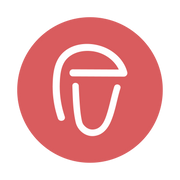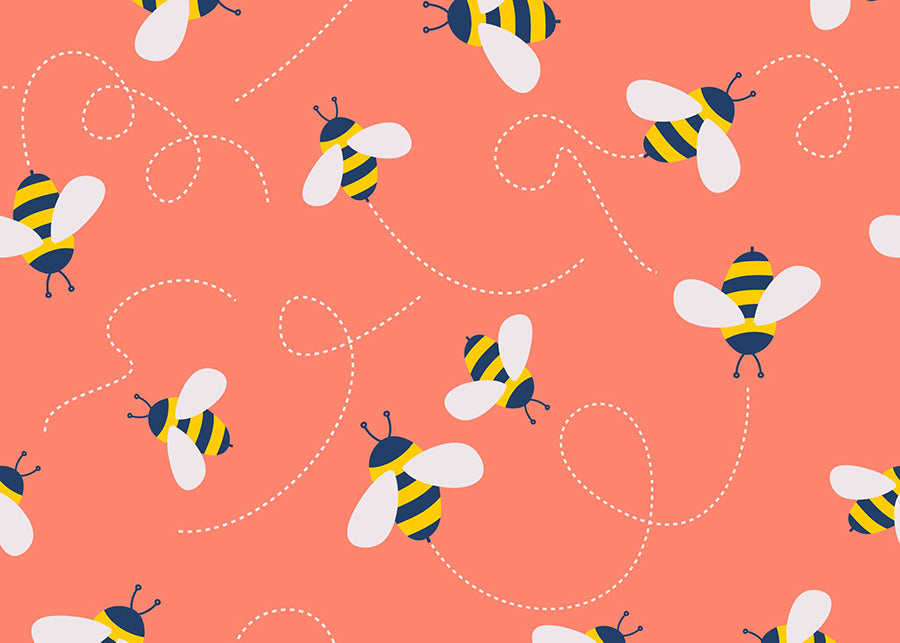Don’t fear the bee! With worldwide populations dwindling, spring is the perfect time to provide a safe haven for pollinators in your backyard garden.
Did you know pollinators such as bees increase the output of 87 percent of the world’s crop production? They’re a valuable part of our ecosystem and your pesticide-free garden can do wonders to welcome them.
Plant Flowers that Bees Love
While this isn’t a comprehensive list, here are some of bees’ favorite flowers. Even better, many of these plants and flowers serve double-duty as delicious dinnertime seasonings. Bee-friendly plants and flowers include Alyssum, Aster, Echinacea, Geranium, Black-eyed Susan and Poppies. Springtime-blooming favorites include Crocus, Hyacinth, Calendula and Wild Lilac. In the summertime, Bee balm, Snapdragons and Echinacea are at their peak. In the fall, try Zinnias, Asters, Witch Hazel and Godenrod to tempt foragers.
Create a Diverse Garden
Aside from bees, butterflies and other pollinators are active during different seasons, so make sure your garden reflects that diversity. Choose plants that bloom from early spring through late fall in a variety of heights, colors, shapes and sizes. This will attract a full spectrum of valuable pollinators! Don’t forget flowering trees and shrubs as well as single-bud flowers. These will provide beautiful variation in your planted garden and valuable diversity for all types of pollinators.
Keep it Pesticide-Free
All your hard work in planting a pollinator-friendly garden will be for naught if you use harmful pesticides! Keep your garden organic and natural, filled with blooms from local nurseries. Use non-invasive techniques to control pests such as crop rotation and row covers, and do not use pesticides on open blossoms or when bees or other pollinators are present.
Use Local, Native Plants
Keep it local! Research suggests native plants are four times more attractive to native bees than exotic flowers. Local fauna will make your gardening easier as these plants are already well-adapted to your growing conditions. Think beyond just flowering blooms, too! Herbs and perennials can also provide good foraging.
Plant Flowers in Clumps
You’ll attract more pollinators and a variety of species if you plant flowers clustered together in clumps (rather than scattered across an area). If you can, make these clumps four feet or more in diameter and pack them with a variety of colors, shapes and blooming seasons.
Double Duty: Herbs!
Herbs are pollinator-friendly, too, and can provide a valuable complement to your flower gardens - and a dash of freshness to meals, cocktails and more! Forager-favorites include lavender, basil, marjoram, rosemary and globe thistle.
Make your Whole Yard Pollinator-Friendly
Just as important as clusters of blooming plants and lush herbs are patches of sun for native bees to burrow. Some native species need access to soil for nesting! It’s also a bee-friendly idea to leave out some clean, fresh water for these valuable pollinators to sip on.
Making small changes in your backyard can achieve valuable results for our bee populations. If you want to make a difference for our planet every time you go to the grocery store, grab your Toolaloo!
Made from eco-friendly post-industrial materials, Toolaloo makes sure you never forget your reusable grocery bags, saving thousands of single-use plastic bags from landfills. If we all do just a little, it adds up to a whole lot! Toolaloo is available in two colors on Amazon and Toolaloo.com.

